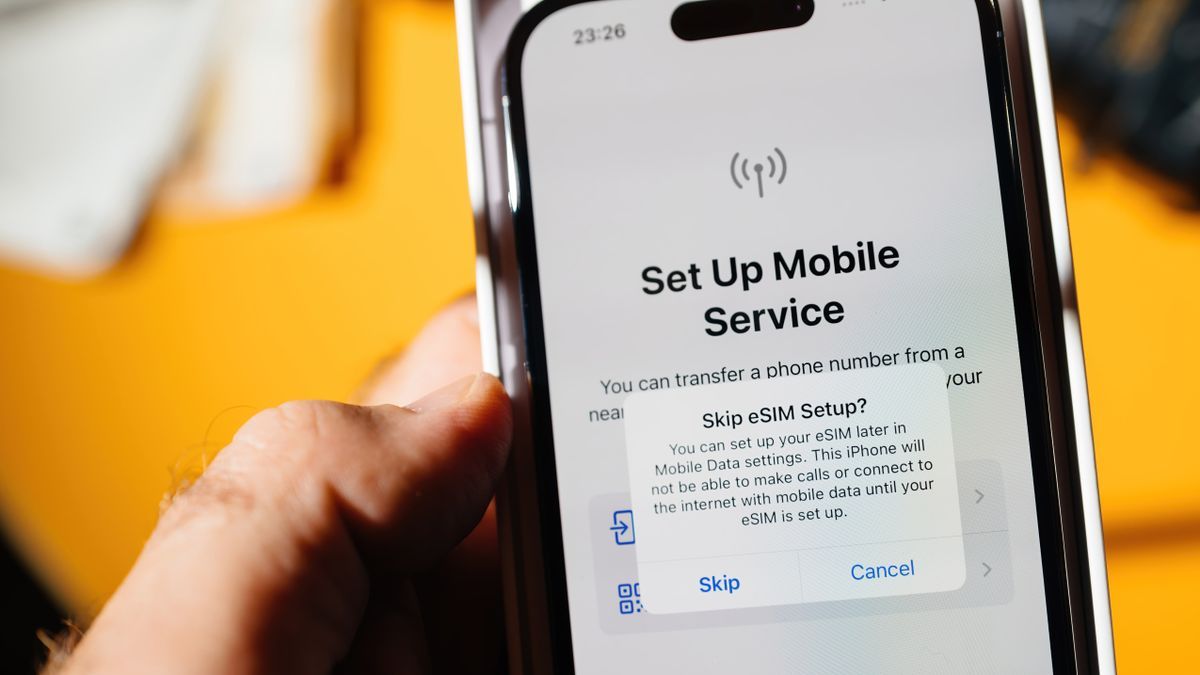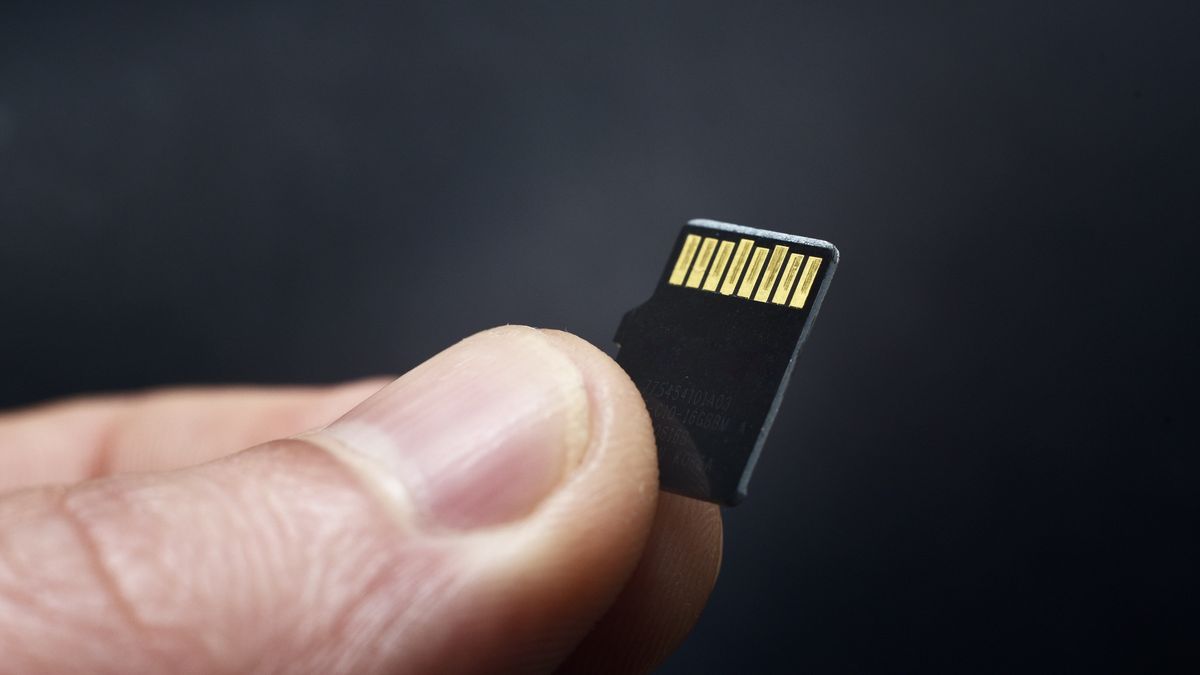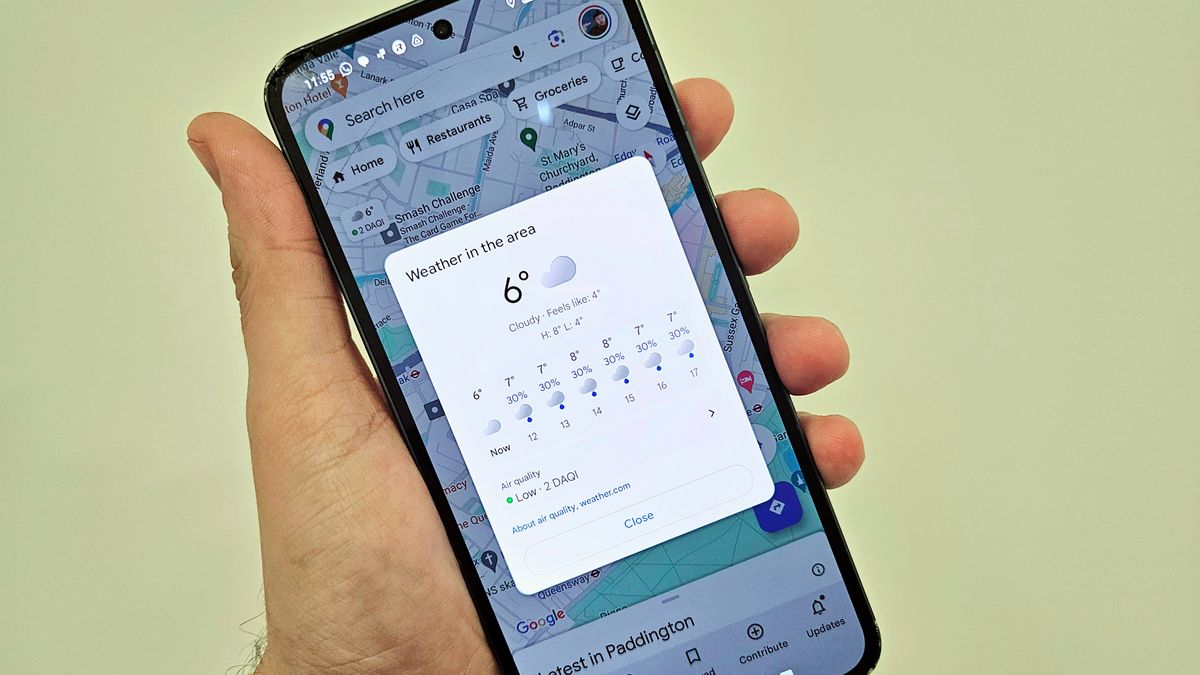It’s been eight years since eSIMs hit the consumer market, but according to a recent YouGov study, 60 per cent of British adults have yet to hear of them. Even among those who have, many don’t fully understand what they are or how they work (both percentages are 14 per cent), meaning a large proportion of the UK population is missing out on the benefits they offer.
Simply put, an eSIM is an “embedded” or virtual SIM card. It eliminates the need for a traditional plastic SIM card, as it is built directly into users’ devices. Like many digital upgrades to older analog systems (such as MP3 players or e-readers), the eSIM is a much simpler and more convenient alternative to its traditional, but outdated, predecessor.
There are five key ways that users and businesses can benefit from adopting eSIMs, which are often overlooked. While the most obvious advantage is not having to deal with a tiny piece of plastic, much more value can be extracted if users and business leaders knew how to make the most of the technology.
Multiple lines on one phone
Gone are the days of needing to carry both a work phone and a personal one. Companies that equip their teams with eSIMs can avoid the need to purchase dedicated work devices or have staff shoulder the costs by only having to cover their employees’ plans. And with their personal phone serving as their work contact, they can not only communicate better with their colleagues, but they also have greater freedom to customize their device to fit their work preferences since it’s the phone they’re most familiar with.
For some time now, Apple has allowed iPhone users to set up various “focus” modes based on the type of notifications they want to receive. Paired with a work-provided eSIM card, employees can freely customize the types of alerts they want to see on the fly without having to juggle multiple phones.
When traveling abroad on business, eSIMs save travelers the hassle of having to change SIM cards upon arrival and wasting precious time. Before their flight departs, they can purchase and activate a local phone number for their destination, so they can contact them as soon as the plane lands.
Enhanced security
eSIMs are less vulnerable to security breaches than traditional SIMs, as they can be remotely deactivated. This provides consumers and businesses with an additional layer of protection should a device they own fall into the wrong hands. Similarly, as eSIMs cannot be physically removed, the likelihood of a SIM swap attack is significantly reduced.
In a business landscape where data is gold dust, companies cannot afford the financial and reputational damage that can result from a data breach by cybercriminals. Device-based logins are increasingly popular, and gaining control of someone’s phone number is the easiest way to bypass two-factor authentication. Being able to disable an employee’s work eSIM remotely puts the “kill switch” squarely in the hands of the IT department, the unit best placed to mitigate security risks.
Multi-device connectivity
eSIMs are incredibly flexible – they can be used not only in phones, but also in other devices. With eSIMs, workers can store multiple profiles on devices such as smartwatches and tablets, all with independent access to the phone and the internet.
A graphic designer might use their tablet as their entire work system, with the ability to connect with colleagues and access shared documents no matter where they are. And now that businesses are exploring the potential of spatial computing and virtual reality for workers, eSIMs can help free them from the computers that many still rely on to function. It’s a forward-looking strategy that leaders can get ahead of by familiarizing themselves with the technology before laptops become commonplace.
Global Flexibility
eSIMs are revolutionising business travel by offering a simpler and more affordable way to stay connected while abroad. Buying a local data plan upon arrival may not be a new way to avoid costly roaming charges, but eSIMs mean travellers no longer have to juggle multiple physical SIM cards or wait for a travel-specific one to arrive in the mail.
Plus, workers can keep their regular phone number for calls while still taking advantage of cheap local data for messaging and internet access. And, as companies often cover employee travel costs, eSIMs help prevent hefty roaming charges when employees return. Our research found that travellers who had been hit with unexpected roaming charges paid an average of £118 on top of their regular bills – an unpleasant surprise for any financial team.
Compared to plastic SIM cards, eSIMs emit 46% less CO2 over their entire lifecycle (LINK 1). Physical SIM cards require materials and energy to produce, generate emissions during transport, and finally, once they are taken off the market, they must be disposed of properly. And that’s not even mentioning the energy required to produce and recycle the plastic casing from which we all remove physical SIM cards.
Sustainability and the goal of net zero emissions are on the agenda for most businesses. Consumers, partners and suppliers are scrutinising the green credentials of the companies they work with more than ever. Removing SIM cards and reducing distributed work devices is a simple way to make a business more environmentally friendly without workers having to sacrifice anything (except the bulky work phones that most will be eager to throw away).
What are you waiting for?
The sooner employers embrace eSIMs, the faster they can optimize their device network, reduce costs, and make their employees’ lives more convenient. New technologies often require a learning curve for end users, but with eSIMs, that’s almost nonexistent.
Most modern smartphones natively support this technology, so it's now a simple matter for businesses to take advantage of this not-so-new capability.
We have introduced the best smartphone.
This article was produced as part of TechRadarPro's Expert Insights channel, where we showcase the brightest and brightest minds in the tech industry today. The views expressed here are those of the author, and not necessarily those of TechRadarPro or Future plc. If you're interested in contributing, find out more here:









